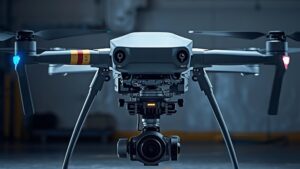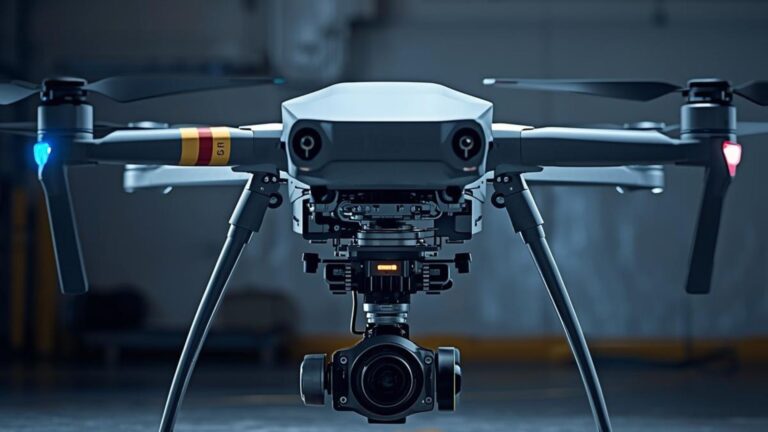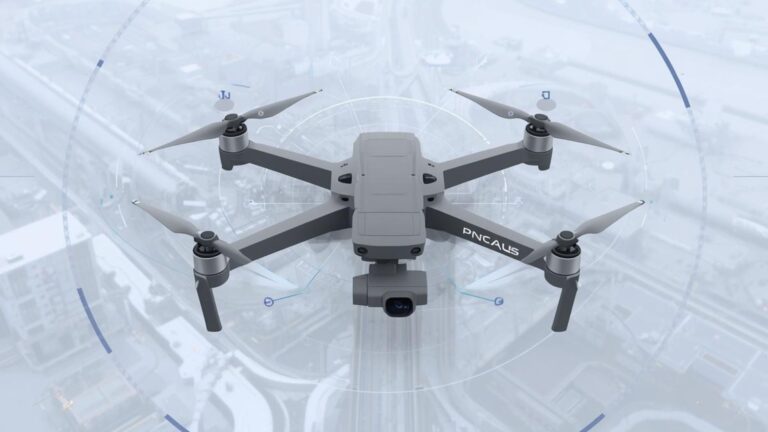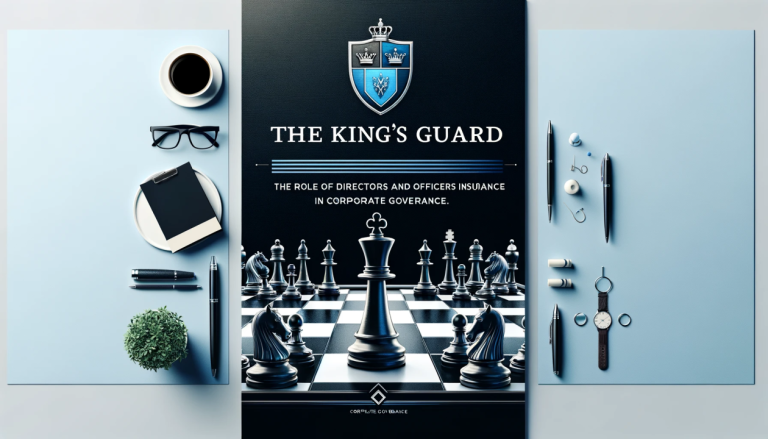For example, in a recent scenario involving an autonomous industrial vehicle, an AI decision led to an accident that no one anticipated. The result was a tangle of questions: Which policy, if any, will pay for the damage? Who is ultimately liable – the operator, the software developer, or the company using the AI? These dilemmas are becoming increasingly common as AI technology outpaces the language of standard insurance contracts.
Unseen Gaps in Traditional Policies
Most companies assume that their existing insurance – whether it’s professional liability, product liability, cyber, or general liability – will respond if something goes wrong. However, AI blurs the boundaries these policies were built on. “Silent AI” is the emerging term for AI-driven risks that aren’t explicitly addressed in insurance policies. Like the earlier issue of “silent cyber” coverage gaps, silent AI means an incident caused by AI might not trigger any policy because it’s neither clearly included nor excluded. Insurers and policyholders may end up in disputes over whether an AI-related loss is covered at all. For instance, if an AI tool in a medical clinic gives a flawed recommendation that injures a patient, a malpractice or professional indemnity insurer might argue the AI’s error isn’t a “professional service” by a human, thus denying the claim. Similarly, if a manufacturing robot’s algorithm malfunctions and damages equipment, the insurer might contend it’s a product defect or a technology error not covered by standard property insurance. The insured, meanwhile, will point to the ambiguity and expect coverage – a recipe for protracted claims battles.
Complex Chain Reactions
AI failures often set off chain reactions that cross over multiple insurance domains. Take the case of the autonomous freight train crash: A software bug created a security loophole, hackers exploited it, and two trains collided. The company suffered physical damage, data loss, business interruption, and liability to clients for delayed shipments – a mix of losses typically spread across different policies. The property insurance might cover crash damage but exclude incidents caused by cyber breaches. The cyber insurance might cover data recovery but not the costs of replacing trains or the lost revenue from downtime. Meanwhile, the train’s manufacturer and the AI software developer could be pulled into lawsuits as well. With AI involved, determining which policy responds – if any – becomes a maze. Each insurer might insist another policy should answer, leaving the business in a coverage limbo during a critical time.
Why AI Defies Traditional Categories: Part of the problem is that insurance policies are organized by causes of loss or by responsible party (e.g., a “professional error” versus a “product defect”). AI blurs these lines:
- When AI acts as an advisor or decision-maker, is an incorrect output a professional error by the user or a product defect in the software? This ambiguity can make it unclear whether professional liability (which covers human mistakes) or product liability (which covers defective products) should respond.
- Many liability policies exclude intentional acts or certain types of systemic risks. If an AI system unintentionally discriminates against a group of customers or fails systematically, insurers might claim such widespread algorithmic issues weren’t underwritten in the original policy.
- Standard business interruption coverage usually needs a physical trigger (like a fire). An AI outage or malfunction that halts operations may not qualify, leaving the company without compensation for lost income.
- Cyber insurance covers breaches and hacks, but if an AI fails due to an internal error (not an external attack), it may fall outside the defined triggers for cyber coverage.
Real-World Consequences
These gray areas are not hypothetical. Companies have already faced situations where an AI-related loss fell into a coverage gap. In the finance industry, there have been instances of trading algorithms causing massive losses that insurers later argued were not covered because they were not “external hacking events” or were excluded as “trading risks”. In one case, a health insurer’s algorithm mistakenly denied many valid claims, leading to lawsuits from patients; the insurer’s own liability cover had to be scrutinized to see if an “algorithmic administrative error” is covered or excluded. Each such incident exposes how policy wording has not kept pace with technological reality.
Closing the Gaps: Insurers and brokers are beginning to respond to these silent AI exposures. Progressive underwriters are reviewing policies to explicitly include or exclude AI risks, rather than leaving them in limbo. Specialized endorsements are being developed – for example, add-ons that affirmatively cover losses caused by AI decisions, or clarifications that an “insured service” includes work performed with the assistance of AI tools. In some markets, entirely new AI insurance products are emerging to address what standard policies do not. For businesses, this means it’s time to be proactive:
- Risk Assessment: Companies should work with experts to map out how they use AI in their operations and what worst-case failure scenarios could look like. This might reveal, for example, that a critical AI system could cause both a cyber incident and a physical safety incident – a combination not anticipated in current coverage.
- Policy Review: With those scenarios in mind, review existing insurance policies (property, liability, cyber, errors & omissions, etc.) line by line. Are there exclusions for “computer errors” or requirements of human oversight? Does the wording cover “software failure” or only “negligent acts”? Identifying these gaps in advance is crucial.
- Filling the Gaps: If certain AI risks are unaddressed, businesses should talk to their insurers or brokers about solutions. This could mean purchasing an endorsement to broaden coverage (for example, adding “failure of algorithm” as a covered peril in a cyber policy, or ensuring the professional liability policy’s definition of “claim” includes those arising from AI advice). In some cases, a standalone AI liability policy might be available to cover things like algorithmic faults, model errors, or other unique exposures. The insurance market in the US, Europe, and at Lloyd’s of London has started to offer such policies, though they are new. What’s important is getting clarity in writing – eliminating silent gray areas by explicitly stating what is covered.
























































































































